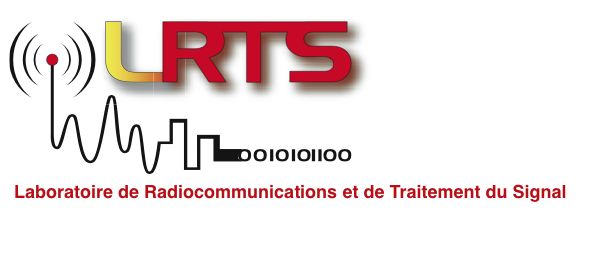
| French | English |
|
Main Members Research Documentation Seminars at LRTS Photos Publications Links Events Management |
|
Fusion of ESM Allegiance Reports using Dezert-Smarandache Theory Electronic Support Measures consist of passive receivers which can identify emitters coming from a small bearing angle, which, in turn, can be related to platforms that belong to 3 classes: either Friend, Neutral, or Hostile. Decision makers prefer results presented in STANAG 1241 allegiance form, which adds 2 new classes: Assumed Friend, and Suspect. Dezert-Smarandache theory (DSmT) is particularly suited to this problem, since it allows for intersections between the original 3 classes. In this way, an intersection of Friend and Neutral can lead to an Assumed Friend, and an intersection of Hostile and Neutral can lead to a Suspect. Results are presented showing that the theory can be successfully applied to the problem of associating ESM reports to established tracks, and its results identify when miss-associations have occurred and to what extent. Results are also compared to Dempster-Shafer theory (DST) which can only reason on the original 3 classes. Thus decision makers are offered STANAG 1241 allegiance results in a timely manner, with quick allegiance change when appropriate and stability in allegiance declaration otherwise. Pascal Djiknavorian, Pierre Valin et Dominic Grenier janvier 2009, Advandes and Applications of DSmT for Information Fusion, Smarandache F., Dezert J. (Editors), American Research Press, Rehoboth, 2009, , Bibtex: @book{, author = {Pascal Djiknavorian and Pierre Valin and Dominic Grenier}, title = {Fusion of ESM Allegiance Reports using Dezert-Smarandache Theory}, journal = {Advandes and Applications of DSmT for Information Fusion}, year = {2009}, month = {January}, language = {}, } Dernière modification le samedi 5 mars 2011 à 19h27 par Pascal Djiknavorian |